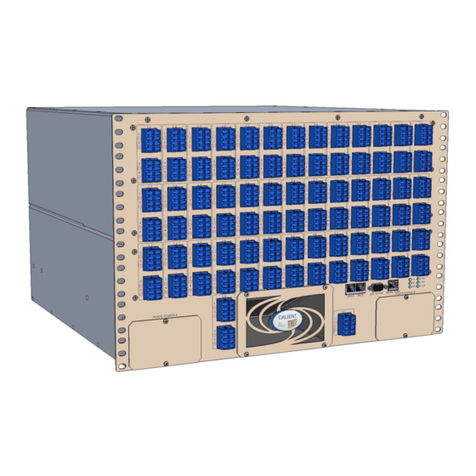
CALIENT OCS WebGUI Quick Start Guide
Page 4 of 63
Table of Contents
1INTRODUCTION.......................................................................................................................... 8
2LOGGING IN ............................................................................................................................... 9
3HOME PAGE............................................................................................................................. 10
3.1 Home > Alarms/Events................................................................................................... 10
3.2 Home > Change Password .............................................................................................. 12
4NODE > SUMMARY .................................................................................................................. 14
4.1 Node > Summary > Node Config .................................................................................... 14
4.1.1 Node Configuration Sections ................................................................................... 14
4.1.1.1 General and Service Configuration ............................................................... 15
4.1.1.2 Network, SCP Server and Cross Connects Configuration.............................. 16
4.1.1.3 Time, Security and Dynamic Update Configuration...................................... 17
4.1.2 Node > Summary > Node Config > Backup/Restore................................................ 18
4.1.3 Node > Summary > Node Config > SNMP Configuration......................................... 20
4.1.3.1 SNMP v1/v2c Get/Set Parameters ................................................................ 20
4.1.3.2 SNMP Trap v1/v2c Parameters ..................................................................... 20
4.1.3.3 SNMP v3 Get/Set Parameters ....................................................................... 22
4.1.3.4 SNMP Trap v3 Parameters ............................................................................ 23
4.1.4 Node > Summary > Node Config > OpenFlow ......................................................... 25
4.2 Node > Summary > Alarm Config ................................................................................... 26
4.3 Node > Summary > Software Management................................................................... 27
4.4 Node > Summary > System Management...................................................................... 28
4.5 Node > Summary > Session Management ..................................................................... 29
4.6 Node > Summary > User Management .......................................................................... 31
4.6.1 Creating a New User ................................................................................................ 31
4.6.2 Modifying a User...................................................................................................... 33
4.6.3 Enabling, Disabling or Deleting a User..................................................................... 34
5SYSTEM INFORMATION ........................................................................................................... 36
5.1 System Info > Boards Detail............................................................................................ 36































